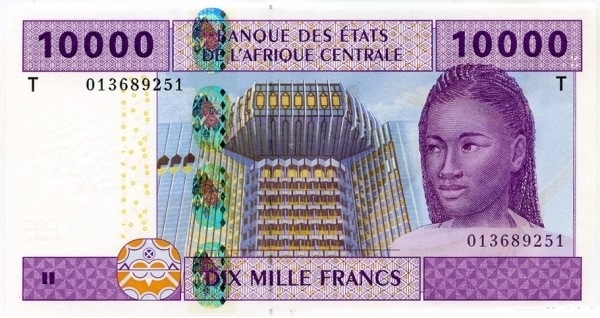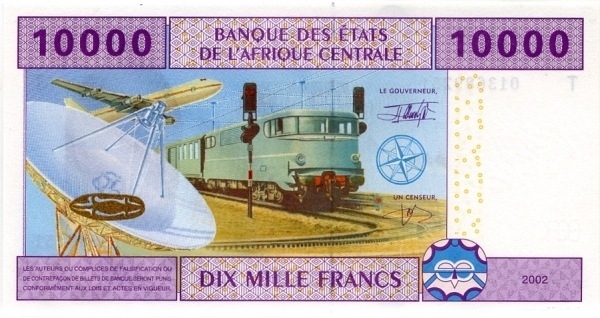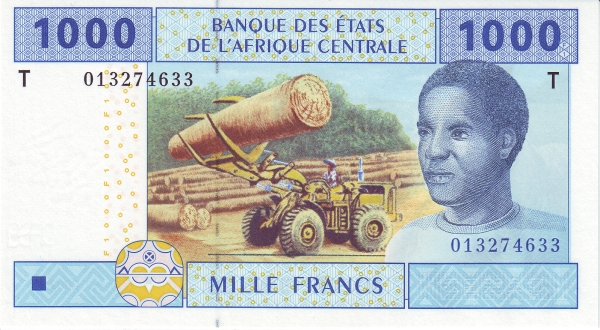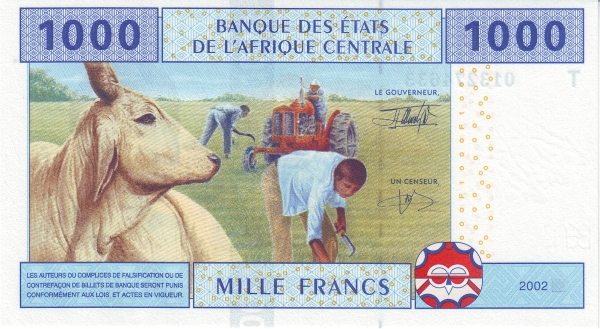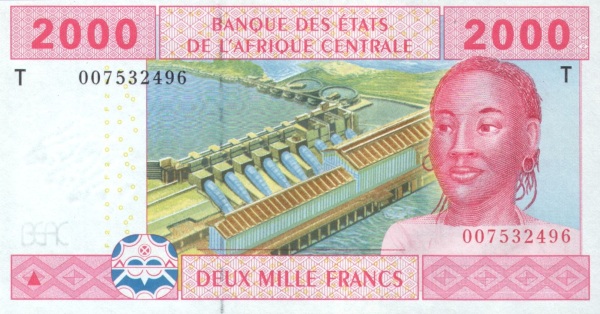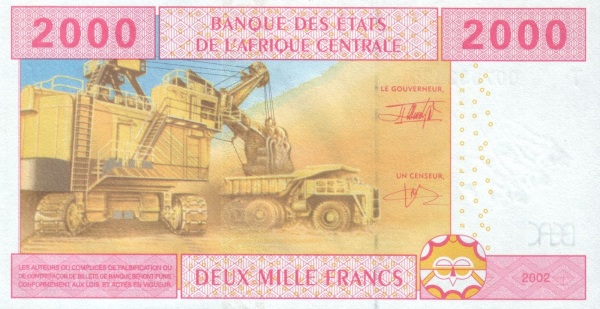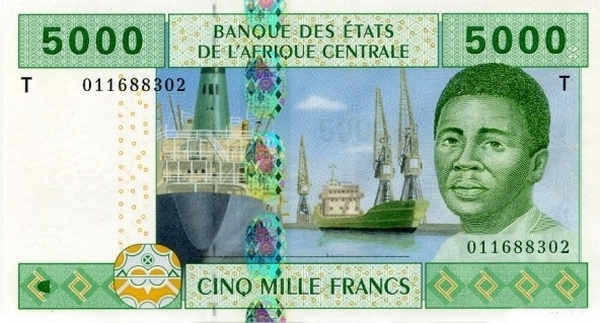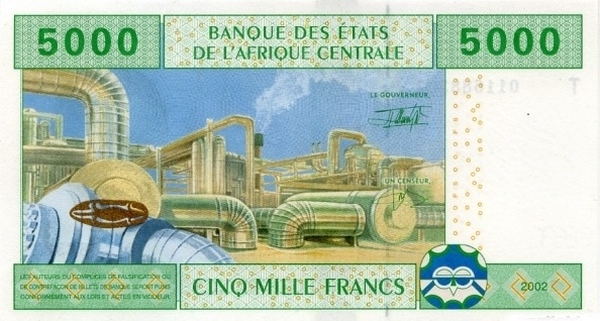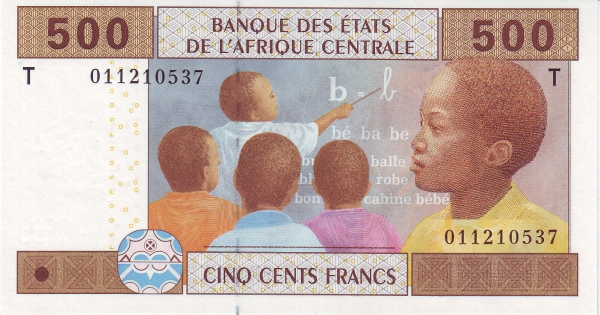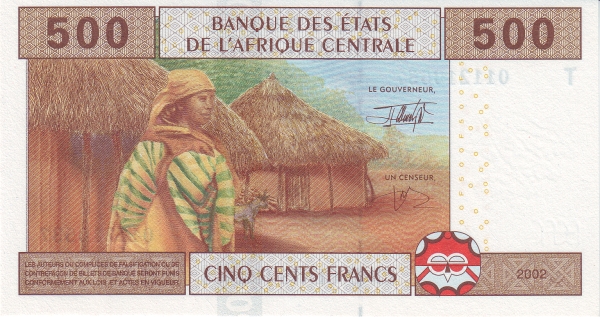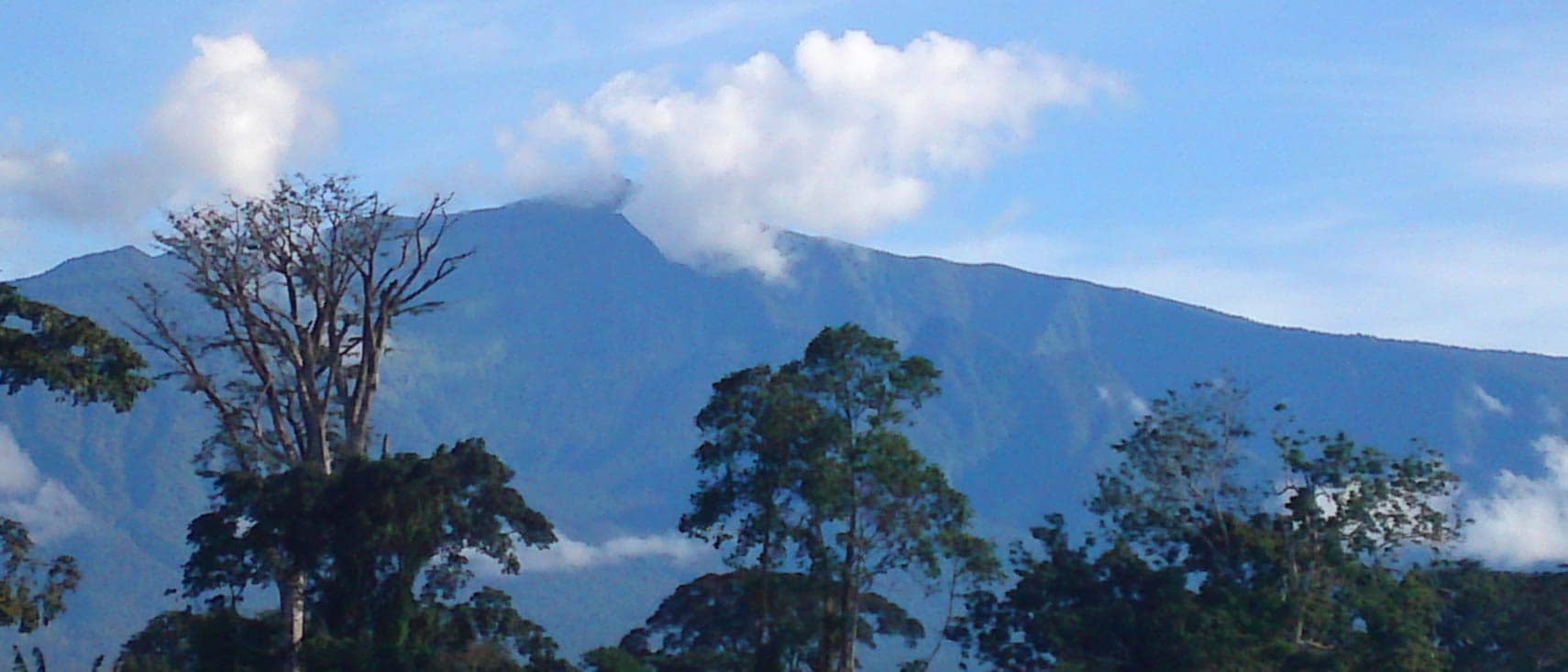Discover the Unique Landscape and Culture of Equatorial Guinea
Equatorial Guinea, located in central West Africa, is a captivating tropical country that borders the Bight of Biafra, lying between Cameroon and Gabon. Furthermore, this nation shares maritime boundaries with Nigeria and São Tomé and Príncipe, making it a unique spot in the heart of the continent. The geographical composition of Equatorial Guinea includes five inhabited islands alongside a section on the African mainland known as Río Muni. Covering an area of approximately 28,000 km², Equatorial Guinea is slightly smaller than Belgium and Maryland in the United States.
The Vibrant Population and Culture of Equatorial Guinea
As of the 2015 census, Equatorial Guinea has a population that hovers around 1.2 million people. The capital city, Malabo, is situated on Bioko Island, while Bata, with a population of about 250,000, serves as the largest city and a bustling port along the Atlantic coast within the Litoral Province of Río Muni. Spanish, being the national language, dominates the communication landscape, although French and Portuguese are also widely spoken. This multilingual environment reflects the diverse cultural influences that have permeated Equatorial Guinea over the years.
Historical Context and Political Landscape
The history of Equatorial Guinea took a significant turn when the nation gained independence from Spain in 1968, concluding a lengthy period of 190 years under colonial rule. Following independence, President Teodoro Obiang Nguema Mbasogo came to power in a coup in 1979, overthrowing his uncle, the then-president Francisco Macías Nguema. Since then, President Obiang has ruled for over four decades, representing an imposing figure in the political arena. Although Equatorial Guinea has ostensibly adopted a constitutional framework since 1991, the presidential elections held in 1996 and 2002, along with the legislative elections in 1999 and 2004, faced claims of widespread malpractice. It remains clear that the president maintains almost complete control over the political landscape, often suppressing opposition voices.
Economic Development and Challenges
Equatorial Guinea has undergone rapid economic growth in recent years, largely fueled by the discovery of significant offshore oil reserves. Consequently, this nation has emerged as Sub-Saharan Africa's third-largest oil exporter. However, the dynamics surrounding this economic boom have raised concerns. Despite impressive growth in real GDP, many citizens experience little benefit from this prosperity. Evidence indicates that government misappropriation of oil revenues remains prevalent, with substantial funds diverted towards extravagant personal spending. Furthermore, the lack of investment in public infrastructure development has hindered advancements in the overall economic and social welfare of most Equatoguineans.
Geographical Highlights of Equatorial Guinea
The geography of Equatorial Guinea offers a diverse landscape that contributes to its unique charm. Positioned in West Central Africa, the nation boasts a varied terrain that transitions from coastal plains to hilly regions in Río Muni. Notably, the islands of Annobón and Bioko are of volcanic origin, contributing to the stunning natural scenery. With a tropical climate characterized by consistent heat and humidity, the environment serves as a backdrop for vibrant biodiversity.
Demographics and Ethnic Composition
The population of Equatorial Guinea consists of several ethnic groups, with the Fang people dominating both the population and the political landscape. This group primarily resides on the mainland, while the Bubi people, numbering around 50,000, primarily inhabit Bioko Island. Other ethnic communities, including the Annobonese, Ndowe, Kombe, and Bujebas, also contribute to the nation's rich tapestry of cultures. The integration of pygmy populations into dominant Bantu-speaking cultures further enriches the social fabric of Equatorial Guinea.
Languages and Religion
Equatorial Guinea recognizes Spanish and French as its official languages, but a linguistic diversity also prevails. Pidgin English, Fang, Bubi, and Ibo are among several languages spoken throughout the nation. In terms of spiritual beliefs, Christianity holds a significant place, with around 90% of the population identifying as Christian, while remnants of pagan practices continue to exist within some communities.
Education and Literacy Rates
Education remains vital in Equatorial Guinea, with an impressive literacy rate of 84%. This achievement indicates the government’s commitment to enhancing educational opportunities, even amid challenges in other sectors. As more Equatoguineans gain access to education, there is hope for a more informed population that can contribute positively to society.
Natural Resources and Economic Activities
Equatorial Guinea is endowed with extensive natural resources that include petroleum, natural gas, timber, gold, bauxite, diamonds, and tantalum. Each of these resources plays a crucial role in shaping the country's economy. In particular, oil and natural gas remain the primary drivers of economic activities, influencing both exports and national revenue. Notably, cocoa and timber stand out as major agricultural products, complemented by coffee, rice, yams, cassava, bananas, and palm oil nuts. The livestock sector also forms a part of the agricultural landscape, providing sustenance for local populations.
Trade and Export Dynamics
Exports from Equatorial Guinea predominantly consist of petroleum products and timber, with key trading partners including China, South Korea, and Spain. This dynamic relationship with various countries showcases the strategic importance of Equatorial Guinea in the global market. On the other hand, the nation's import needs largely focus on petroleum sector equipment, construction materials, and vehicles. Partners in this regard include the Netherlands, Spain, and China.
A Glimpse into the Future
While Equatorial Guinea continues to navigate the complexities surrounding its economic fortunes, the path forward presents vast opportunities. The potential to harness its natural resources sustainably and enhance social welfare initiatives remains a pressing need. Moreover, fostering political stability and encouraging transparent governance could further propel the development of Equatorial Guinea, positioning the nation as a beacon of growth in central West Africa.
Largest cities of: Equatorial Guinea
| City Name | Population | Year of foundation | |
| Malabo | 200,000 | 1827 | |
| Bata | 150,000 | 1471 | |
| Ebebiyin | 50,000 | 1972 | |
| Aconibe | 40,000 | 1970 | |
| Luba | 30,000 | 1580 | |
| Mongomo | 25,000 | 1926 | |
| Evinayong | 20,000 | 1778 | |
| Rebola | 15,000 | 1969 |
Equatorial Guinea: Money
